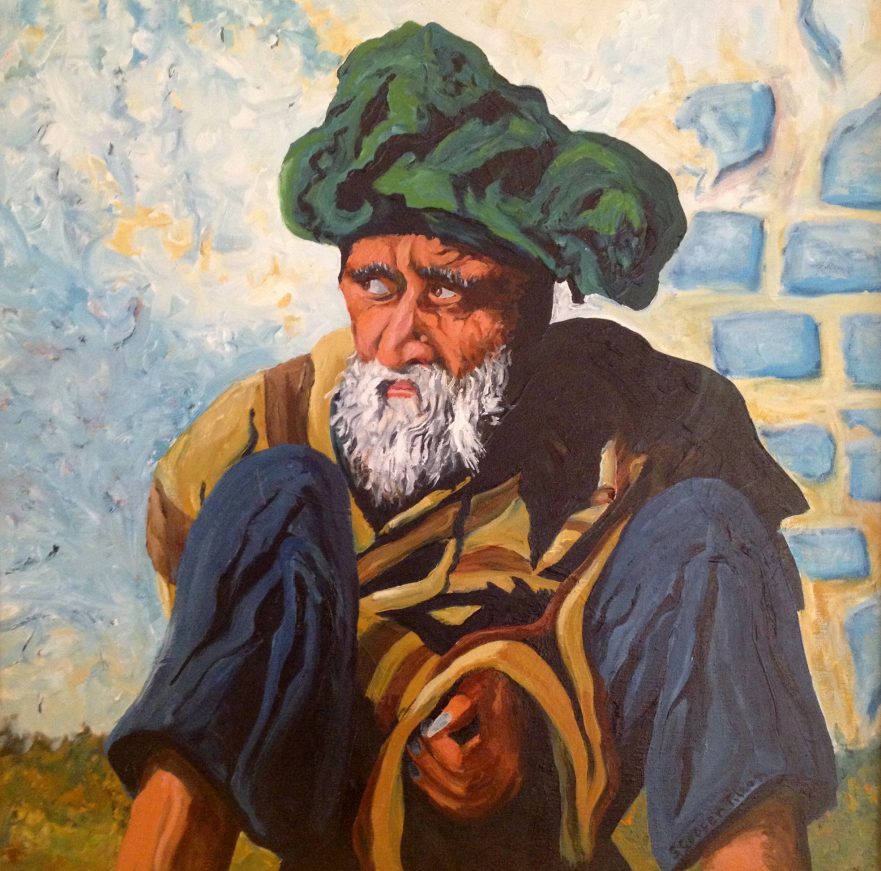Luke 5:31; Mark 2:17; and Matt. 9:12. … (Luke 4:16-20)Cf.
An Introduction to Synoptic Studies
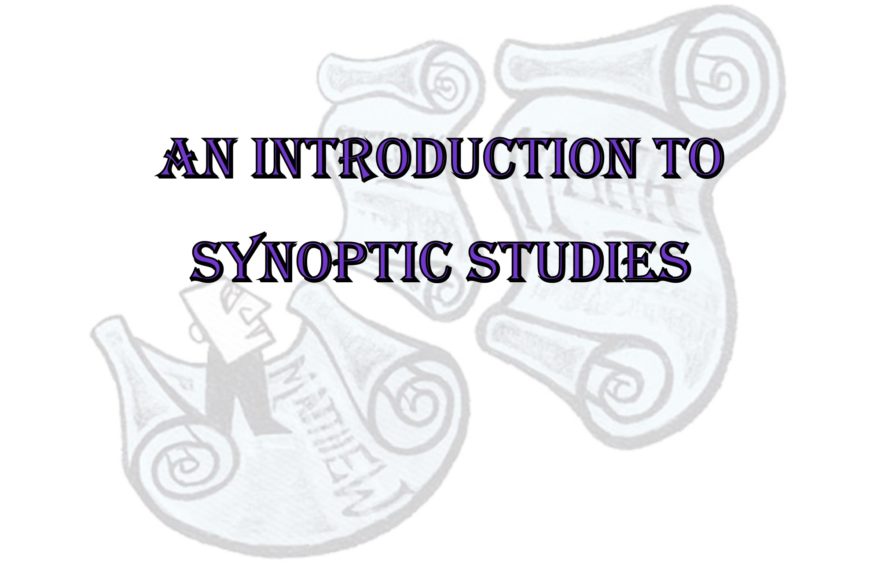
.,” which also was the quotation with which Jesus announced his ministry in the synagogue of Nazareth (Luke 4:18).
Calamities in Yerushalayim
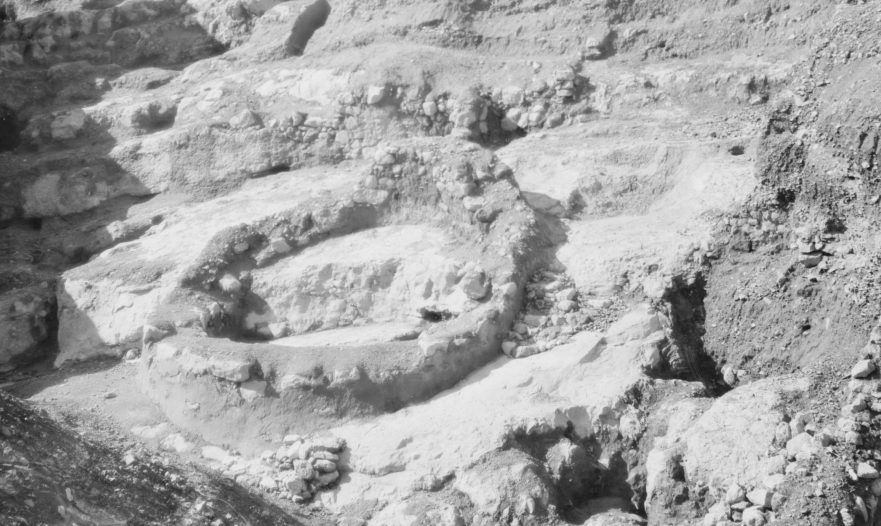
Luke 13:1-5 (Huck 162; Aland 207; Crook 244)For abbreviations and bibliographical references, see “Introduction to ‘The Life of Yeshua: A Suggested Reconstruction.'”
Jesus’ Reference to Folklore and Historical Events

This cultural interplay is clearly depicted in Jesus’ references to commonly known fables of his day in Matthew 7:15, Luke 4:23, Luke 7:24 (cf. … Among them were the upper class (Luke 8:3), the Pharisees (Luke 11:37), the Sadducees (Matt. 22:23), members of the ruling Council, (Mark 15:43; John 3:1), tax collectors (Luke 5:27; Luke 19:2), sinners (Luke 15:1), fishermen (Mark 1:16), zealots (Matt. 10:4), men, women (Luke 8:2-3), Greeks (Mark 7:28), and harlots (Luke 7:37). … As Jesus taught in the same vein as other Jewish rabbis in the first century, he used this technique and illustrated his knowledge of folklore in the four following passages: Matt. 7:15, Luke 4:23, Luke 7:24 (cf.
He Could No Longer Openly Enter a Town: A Synoptic Study in Light of an Early Luke
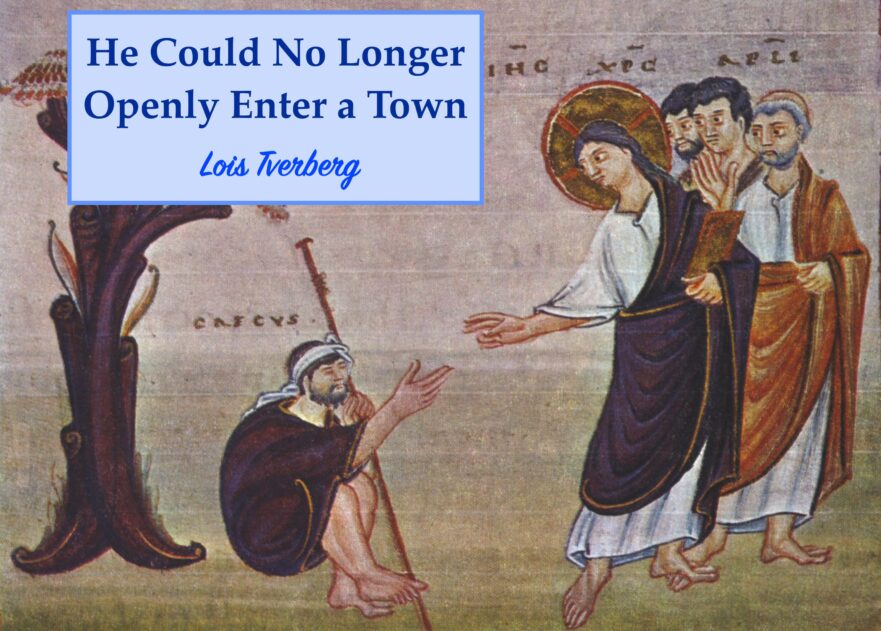
(Luke 3:1)…. as well as his reading from the Haftarah (the prophetic portion that follows the Torah reading) before preaching in the synagogue in Nazareth (Luke 4:16-27).
First-century Jewish Use of Scripture: Evidence from the Life of Jesus
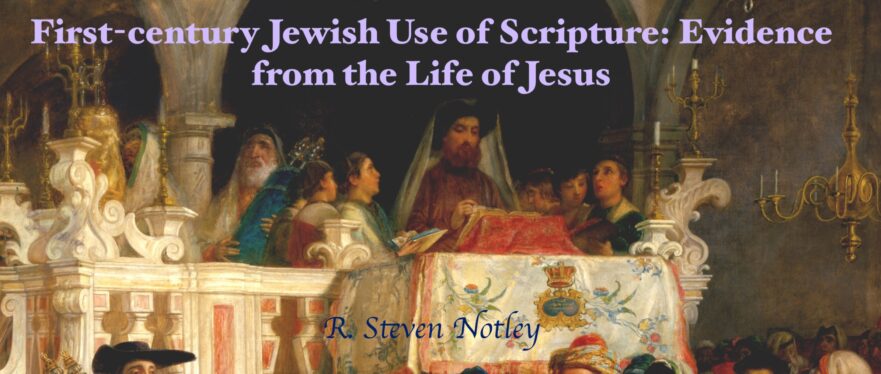
Luke’s story of Jesus in Nazareth (Luke 4:16-30) is the oldest account of the Jewish custom to follow the public reading of the Torah in the synagogue with a reading from the Prophets (the Haftarah). … Already the 17th-century Dutch scholar, Hugo Grotius, recognized the parallels between Jesus’ actions (Luke 4:16) and the synagogue caretaker in Tosefta Sukkah: “He stood to read from the Torah” (Tosefta, Sukkah 2:11)…. The first clue is Luke’s introductory phrase, “and there was given to him the book of the prophet Isaiah” (Luke 4:17).
Teaching in Kefar Nahum
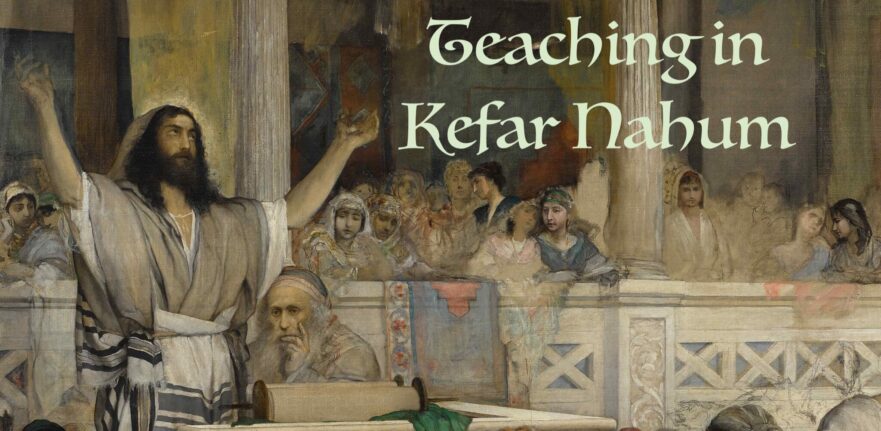
— wp:heading {“level”:3,”className”:”has-text-align-center”} –> Matt. 4:13-16; 7:28-29; Mark 1:21-28; Luke 4:31-37
In Luke’s Gospel Teaching in Kefar Nahum (Luke 4:31-37) follows the account of Jesus’ visit to his hometown in Nazareth (Nazarene Synagogue; Luke 4:14-30). This story order is distinctly odd, since in Nazarene Synagogue Jesus mentions having performed miracles in Capernaum (Luke 4:23), even though Luke had not yet recorded either a miracle or a visit to Capernaum. Because of Jesus’ remark in Luke 4:23, the author of Luke would have done better if he had made Nazarene Synagogue the sequel to Teaching in Kefar Nahum rather than its prequel. … These redactional changes emphasize the positive response Jesus’ teaching elicited from his hearers (Luke 4:15, 32), a response that contrasts with the negative reaction to Jesus’ teaching in Nazareth.
Yohanan the Immerser’s Execution
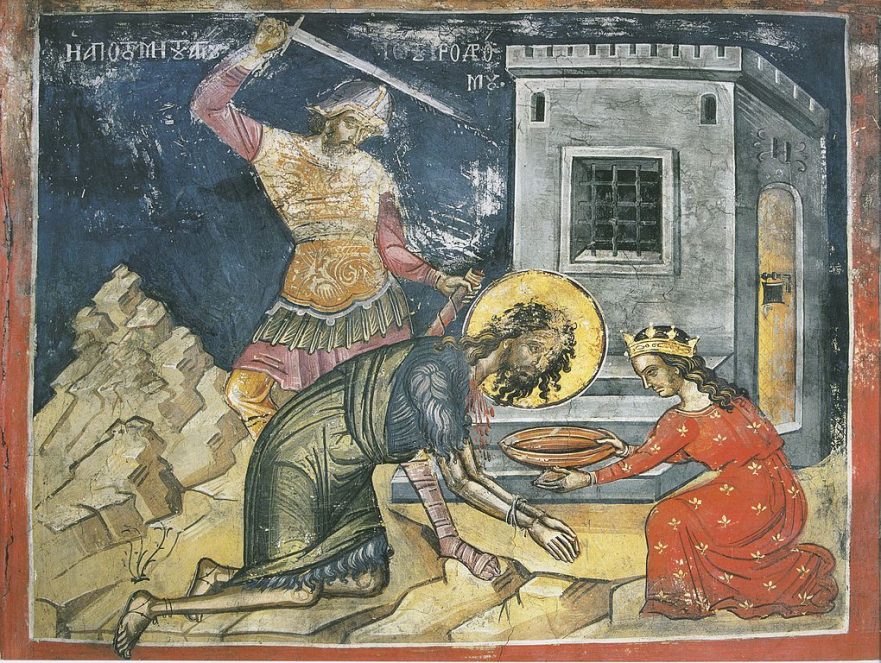
Matt. 14:3-12; Mark 6:17-29; Luke 3:18-20 Luke 3:18-20 he informed his readers that Herod the tetrarch, having been rebuked by John on account of Herodias, the wife of the tetrarch’s brother, put John the Baptist in prison.
Shimon’s Mother-in-law
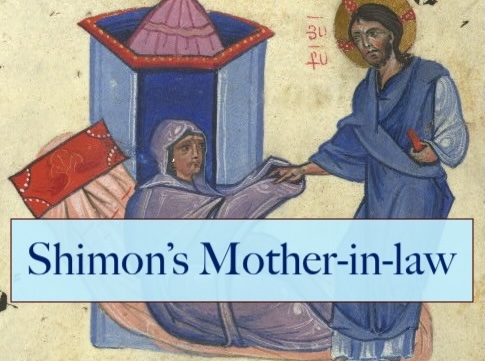
— wp:heading {“textAlign”:”center”,”level”:3} –> Matt. 8:14-15; Mark 1:29-31; Luke 4:38-39
Tower Builder and King Going to War Similes

Luke 14:28-32 (Huck 171; Aland 217; Crook 261)For abbreviations and bibliographical references, see “Introduction to ‘The Life of Yeshua: A Suggested Reconstruction.'”
Rich Man Declines the Kingdom of Heaven
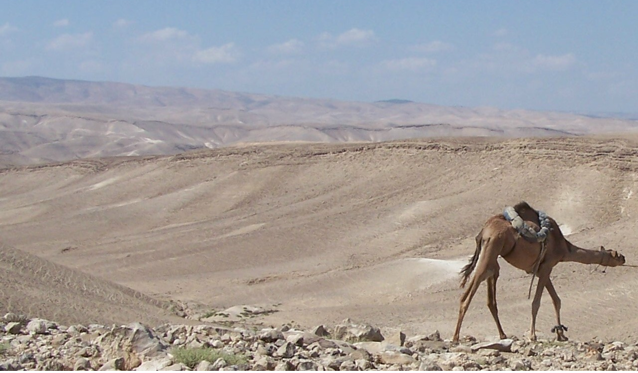
Matt. 19:16-30; Mark 10:17-31; Luke 18:18-30 (Huck 189; Aland 254-255; Crook 294-295)For abbreviations and bibliographical references, see “Introduction to ‘The Life of Yeshua: A Suggested Reconstruction.'” Preliminary research on the Rich Man Declines the Kingdom of Heaven incident was carried out in 1986-1987. Seventeen Jerusalem School seminar sessions were devoted to this pericope: eight seminars were held February-June 1986, and a further nine seminars between November 1986 and May 1987.
Jerusalem School Seminar participants engaged in discussing the Rich Man Declines the Kingdom of Heaven incident.
Lost Sheep and Lost Coin Similes
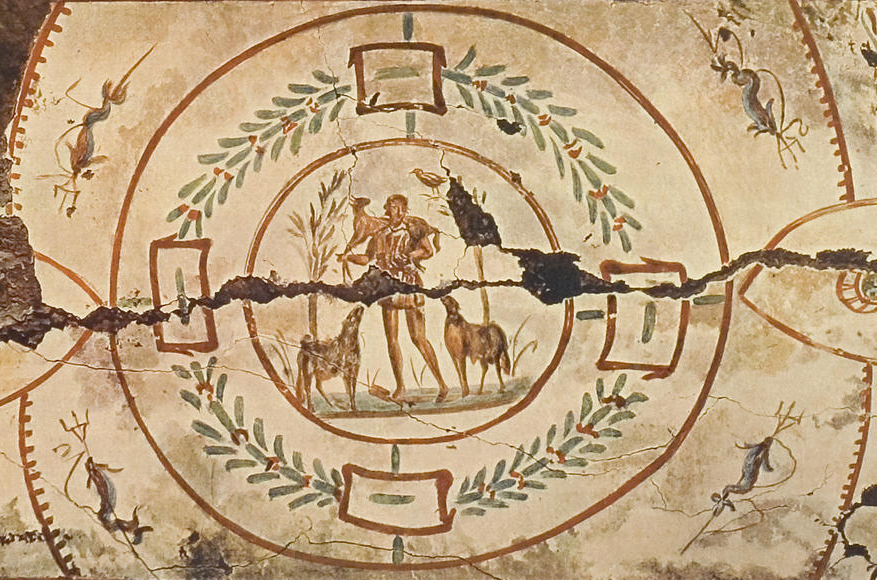
Matt. 18:10-14; Luke 15:3-10 (Huck 133, 172; Aland 169, 219, 220;
Crook 188, 265, 266)For abbreviations and bibliographical references, see “Introduction to ‘The Life of Yeshua: A Suggested Reconstruction.'” Updated: 3 August 2024
וַיִּמְשׁוֹל לָהֶם אֶת הַמָּשָׁל הַזֶּה לֵאמֹר מִי אָדָם בָּכֶם שֶׁיֵּשׁ לוֹ מֵאָה צֹאן וְנִדַּחַת אַחַת מֵהֶן הֲלֹא יַנִּיחַ אֶת הַתִּשְׁעִים וְתִשְׁעָה עַל הֶהָרִים וְיֵלֵךְ וִיבַקֵּשׁ אֶת הָאֹבֶדֶת עַד שֶׁיִּמְצָא אֹתָה וּכְשֶׁהוּא מוֹצֵא אֹתָה שָׂם עַל כְּתֵפוֹ בְּשִׂמְחָה וּבָא לְבֵיתוֹ וְקֹרֵא לְאוֹהֲבָיו וְלִקְרוֹבָיו לוֹמַר לָהֶם שִׂמְחוּ עִמִּי שֶׁמָּצָאתִי אֶת הַשֶּׂה שֶׁלִּי הָאֹבֶדֶת אָמֵן אֲנִי אֹמֵר לָכֶם כָּךְ יֵשׁ שִׂמְחָה בַּשָּׁמַיִם עַל רָשָׁע אֶחָד שֶׁעֹשֶׂה תְּשׁוּבָה מֵעַל תִּשְׁעִים וְתִשְׁעָה צַדִּיקִים שֶׁאֵין לָהֶם צוֹרֶךְ בִּתְשׁוּבָה
וּמִי אִישָׁה שֶׁיֵּשׁ לָה עֲשָׂרָה דִּינָרִים וְהִיא מְאַבֶּדֶת דִּינָר אֶחָד הֲלֹא תַּדְלִיק נֵר וּתְכַבֵּד אֶת הַבַּיִת וּתְבַקֵּשׁ עַד שֶׁתִּמְצָא אֹתוֹ וּכְשֶׁהִיא מֹצֵאת אֹתוֹ קֹרֵאת לְאוֹהֲבוֹתֶיהָ וְלִקְרוֹבוֹתֶיהָ לוֹמַר לָהֶן שְׂמַחְנָה עִמִּי שֶׁמָּצָאתִי אֶת הַדִּינָר שֶׁאִבַּדְתִּי אָמֵן אֲנִי אֹמֵר לָכֶם כָּךְ יֵשׁ שִׂמְחָה לִפְנֵי מַלְאֲכֵי שָׁמַיִם עַל רָשָׁע אֶחָד שֶׁעֹשֶׂה תְּשׁוּבָה
Then Yeshua told them this parable: “Imagine you have a hundred sheep and one of them strays from the flock. Won’t you leave the ninety-nine on the hills and go search for the one that got lost until you’ve found it? And when you’ve finally found it, won’t you carry it home on your shoulders and invite all your nearest and dearest and tell them: ‘Come celebrate with me! I’ve found my missing sheep!’?
Four Soils Interpretation
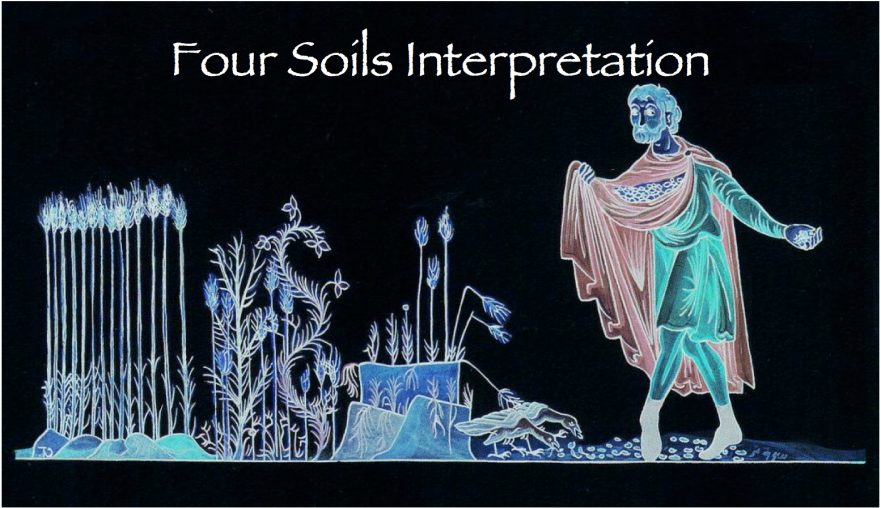
Matt. 13:10, 18-23; Mark 4:10, 13-20; Luke 8:9, 11-15
(Huck 91, 93; Aland 123, 124; Crook 145, 146)For abbreviations and bibliographical references, see “Introduction to ‘The Life of Yeshua: A Suggested Reconstruction.'” Updated: 23 May 2024
וַיִּקְרְבוּ תַּלְמִידָיו וַיֹּאמְרוּ לוֹ מַה הוּא הַמָּשָׁל הַזֶּה וַיֹֹּאמֶר לָהֶם זֶה הוּא הַמָּשָׁל הַזֶּרַע זֶה דְּבַר אֱלֹהִים וְהֵם עַל הַדֶּרֶךְ אֵלּוּ הַשּׁוֹמְעִים אֶת הַדָּבָר וְאֵינָם מְקַבְּלִים אוֹתוֹ וּבָא הַשָּׂטָן וְעוֹקֵר אֶת הַדָּבָר מִלִּבָּם וְהֵם עַל הַסֶּלַע אֵלּוּ הַשּׁוֹמְעִים אֶת הַדָּבָר וּמְקַבְּלִים אוֹתוֹ בְּשִׂמְחָה וְעִקָּר אֵין לָהֶם וּבִשְׁעַת נִסָּיוֹן הֵם סָרִים וְהֵם בַּחוֹחִים אֵלּוּ הַשּׁוֹמְעִים אֶת הַדָּבָר וּמְקַבְּלִים אוֹתוֹ וְהִרְהוּרִים וְהוֹן וְתַעֲנוּגֵי הָעוֹלָם הַזֶּה הוֹלְכִים וְחוֹנְקִים אוֹתָם וְהֵם בָּאֲדָמָה הַטּוֹבָה אֵלּוּ הַשּׁוֹמְעִים אֶת הַדָּבָר וּמְקַבְּלִים אוֹתוֹ בְּלֵב טוֹב
Yeshua’s disciples approached him and said, “What is the meaning of this parable?”
So Yeshua replied, “The meaning of the parable is this: the seed represents the word of God.
LOY Excursus: Greek Transliterations of Hebrew, Aramaic and Hebrew/Aramaic Words in the Synoptic Gospels

Mark 3:19; 14:10; Luke 6:16 (The Hellenized form Ἰσκαριώτης appears in Matt. 10:4; 26:14; Luke 22:3; John 6:71; 12:4; 13:2, 26; 14:22.)…
Matt. 5:18, 26; 6:2, 5, 16; 8:10; 10:15, 23, 42; 11:11; 13:17; 16:28; 17:20; 18:3, 13, 18, ; 19:23, 28; 21:21, 31; 23:36; 24:2, 34, 47; 25:12, 40, 45; 26:13, 21, 34; Mark 3:28; 8:12; 9:1, 41; 10:15, 29; 11:23; 12:43; 13:30; 14:9, 18, 25, 30; ; Luke 4:24; 12:37; 18:17, 29; 21:32; 23:43
ἠλί (ēli) = אֵלִי (‘ēli, “my God”)
Matt. 27:46 (2xx)
λαμά (lama) = לָמָּה (lāmāh, “why?”)
LOY Excursus: The Kingdom of Heaven in the Life of Yeshua
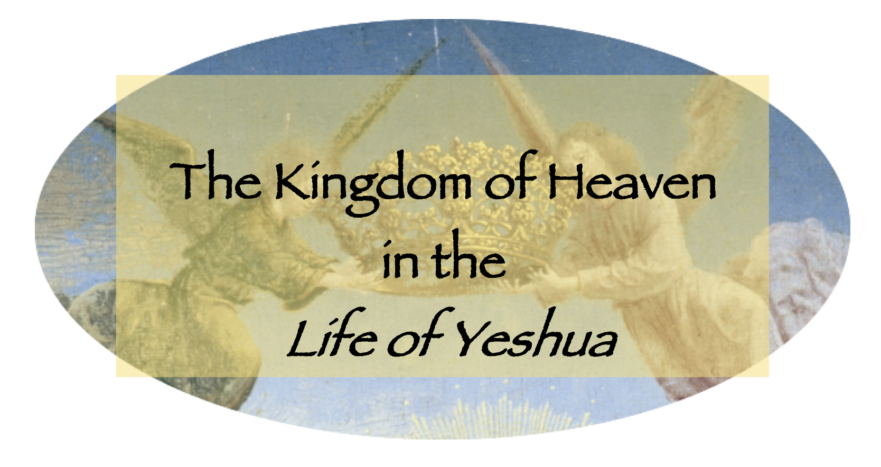
How to cite this article:
David N. Bivin and Joshua N. Tilton, “LOY Excursus: The Kingdom of Heaven in the Life of Yeshua,” The Life of Yeshua: A Suggested Reconstruction (Jerusalem Perspective, 2014) .
Mysteries of the Kingdom of Heaven
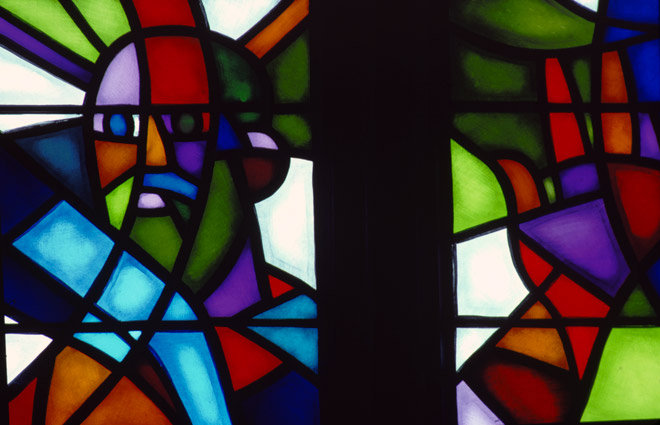
Matt. 13:11-15; Mark 4:11-12; Luke 8:10 (Huck 91; Aland 123; Crook 145)For abbreviations and bibliographical references, see “Introduction to ‘The Life of Yeshua: A Suggested Reconstruction.'” Updated: 12 November 2021
וַיֹּאמֶר לָכֶם נִתַּן לָדַעַת אֶת רָזֵי מַלְכוּת שָׁמַיִם וְלִשְׁאָר בִּמְשָׁלִים כִּי רָאוֹ לֹא רָאוּ וְשָׁמוֹעַ לֹא שָׁמְעוּ וְלֹא הֵבִינוּ
Then Yeshua said to his emissaries: “God has permitted you to experience the mysteries the Kingdom of Heaven had in store. But until now those mysteries were only hinted at through the symbolic language of the prophets, for ‘no eye could see, and no ear could hear, and no heart could understand’ beforehand the full scope of redemption the Kingdom of Heaven would bring.This translation is a dynamic rendition of our reconstruction of the conjectured Hebrew source that stands behind the Greek of the Synoptic Gospels. It is not a translation of the Greek text of a canonical source.

